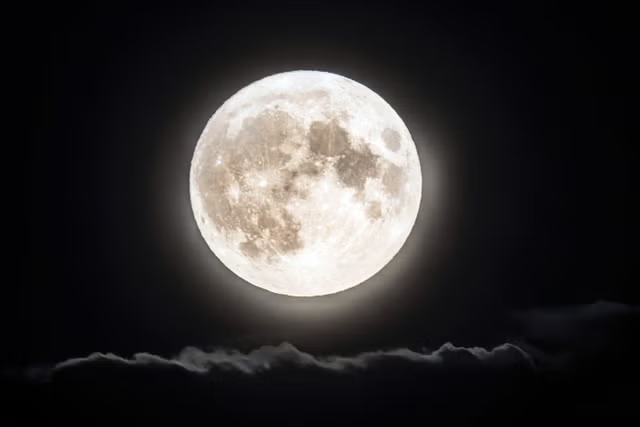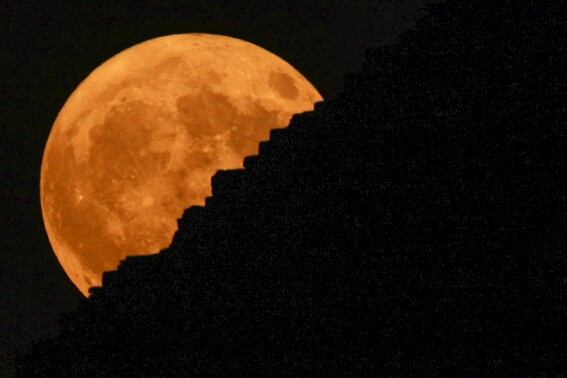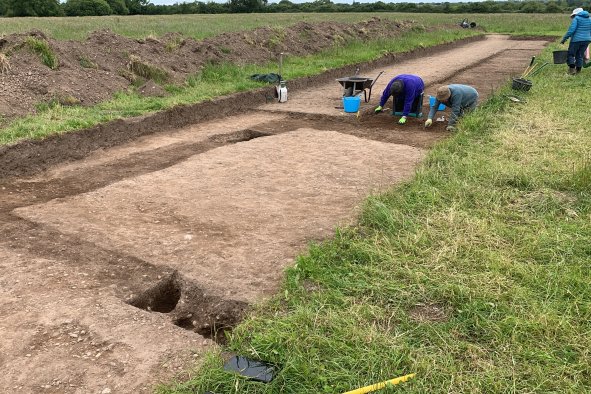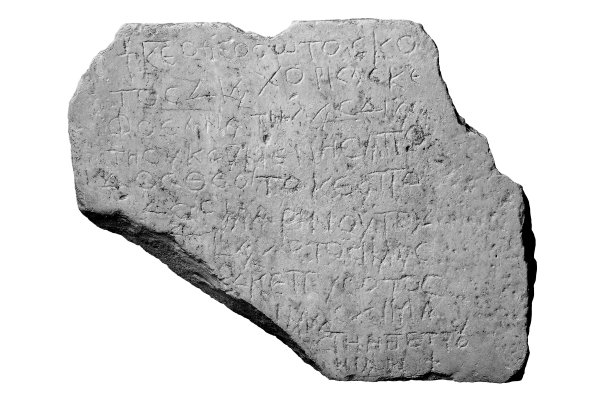Photographers from around the world have been busy capturing a lunar lightshow - the blue supermoon.
A supermoon occurs when a full moon rises during its closest point in its orbit to Earth.
A blue moon is even rarer, happening when there are two full moons within a single calendar month or four full moons within a season.
It happens once every two to three years - that's where the saying "once in a blue moon" comes from.
The dust from wildfires in North America may give the moon a red glow; blue moons aren't actually blue.
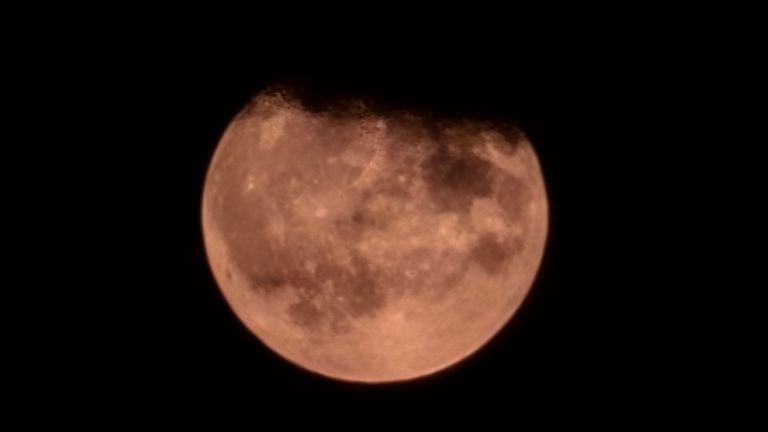
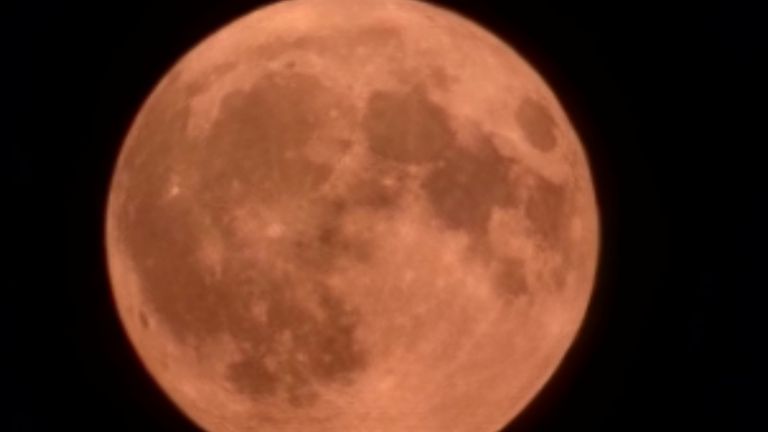
During a supermoon, the moon appears up to 14% bigger and 30% brighter compared with when it is furthest away.
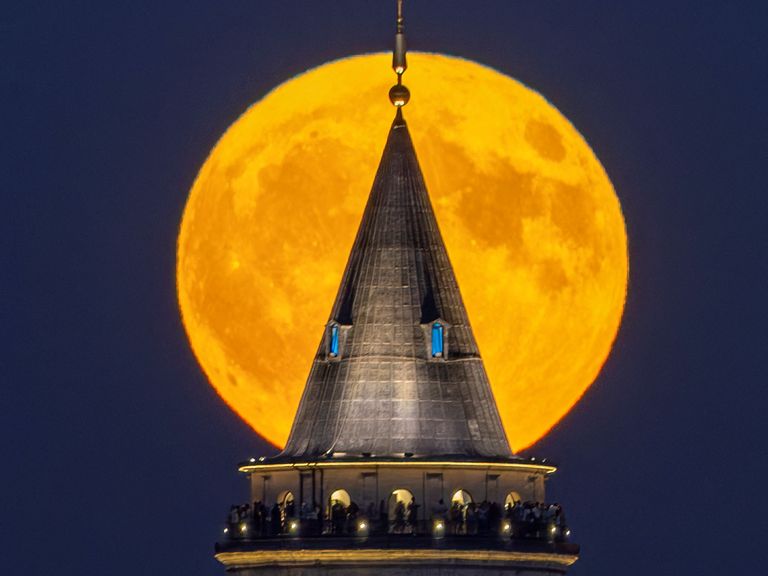
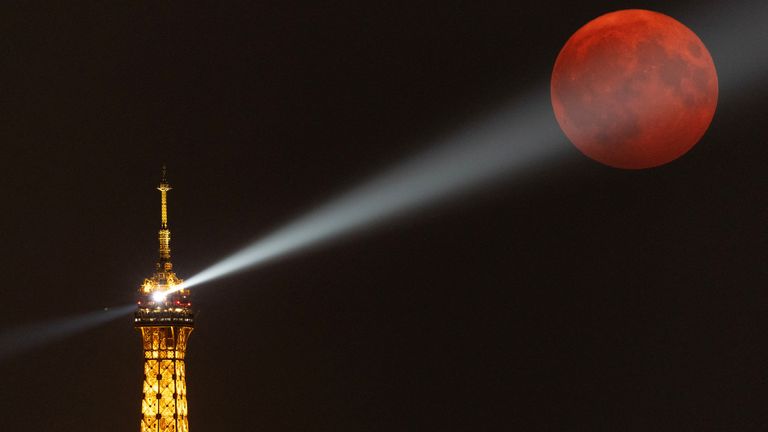
After this supermoon, the next will be on 18 September, followed by 17 October and then finishing with a final supermoon on 15 November.
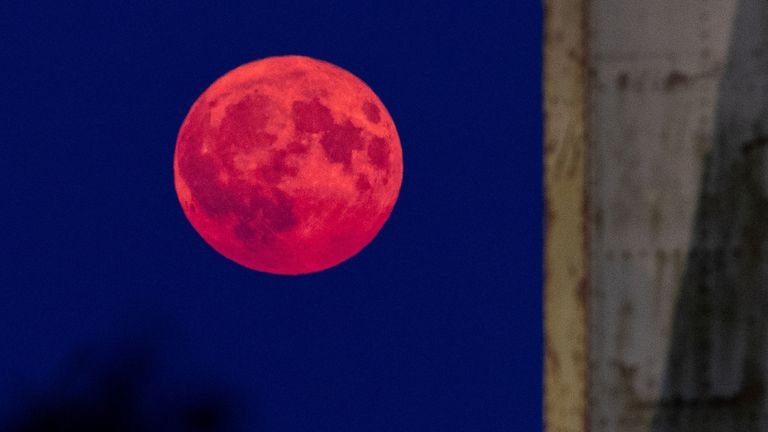
Read more from Sky News:
Mike Lynch's co-defendant dies days before yacht sinking
Triple Olympic medallist defects from Australia to Britain
While Monday's blue supermoon is rare, September's coincides with a partial lunar eclipse - another sight worth watching out for.
The term supermoon was coined by astrologer Richard Nolle in 1979 as either a new or full moon that occurs when the moon is within 90% of its closest approach to Earth.
Disclaimer: The copyright of this article belongs to the original author. Reposting this article is solely for the purpose of information dissemination and does not constitute any investment advice. If there is any infringement, please contact us immediately. We will make corrections or deletions as necessary. Thank you.
